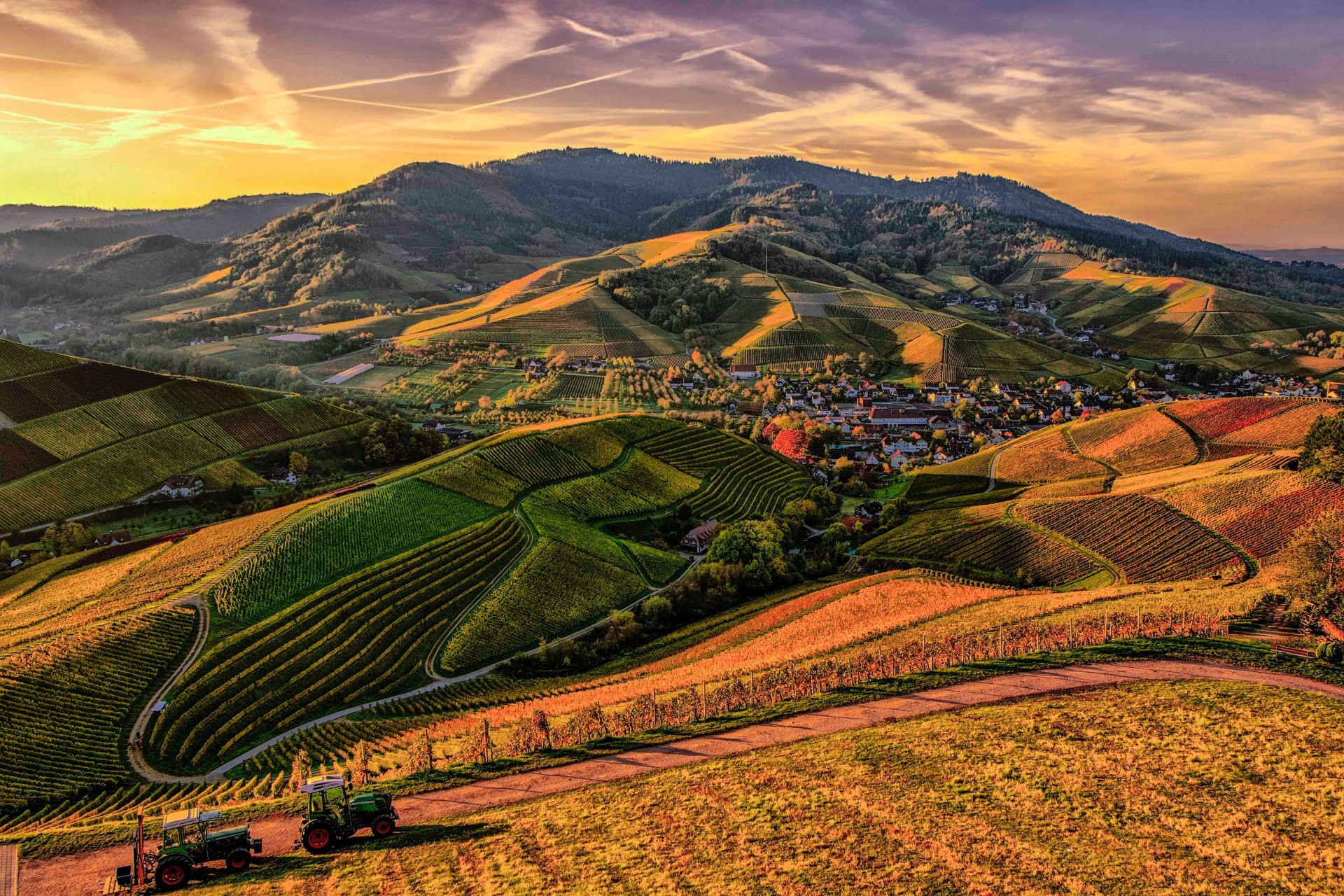
Sustainable, organic, biodynamic and vegan winemaking
Winemaking is a process that necessarily needs to be in communion with the nature, the land, and the fauna. However respectful with the environment the making of wine is, we are living in the times when we are becoming more aware of our own impact on our surroundings, and the wine industry is no stranger to this reality.
With modern times, we have seen an increase in the use of man-made chemicals for control of pests and diseases, as well as chemical fertilisers. These necessarily have made an impact in both vineyards and surrounding areas, catching the consumers’ attention on the one hand, and the legislators’ and the grape growers’ on the other.
Thus, new currents as organic winemaking, sustainable winemaking, biodynamic winemaking, have raised and are growing strongly.
When talking with different people that are not directly involved with the wine world – except for drinking it, mind you – very often there is a confusion, or directly, lack of knowledge on what each of the above mentioned terms actually mean.
Sustainable agriculture
In sustainable agriculture, man-made chemicals are not forbidden. However, grape growers are encouraged to develop an in depth understanding of the life cycle of the vine and its pests, and combine it with weather forecasts, to be able to anticipate and prepare for any attack there may be. Alternatively, they can maintain a low level of infestation that will not affect the production.
These techniques avoid spraying the vineyards indiscriminately, as the usage of products is limited and just in the right moment – meaning, less occasions and less chemical products needed.
Planting a wide range of different vegetation – rather than relying in monoculture - that attract the predators of certain pests, helps keeping them in control naturally. Often, a mix of traditional and environmental-friendly techniques are used (sexual confusion, sulfur). On the other hand, the vegetation helps the vineyard providing nutrients when it is mowed and ploughed into the soil.
Organic agriculture
Everything that we have said about sustainable agriculture applies here, with the xxxx only a very limited number of chemicals are allowed, and only in very small quantities.
Besides, wineries that claim to proceed with organic methods, need to have been accredited by an authorised certification body – in order to be able to display it in the label.
There are many different certification bodies around the world, that can differ slightly in the standards requested to grant the organic status to a producer.
In all cases, however, the winery has passed a transition period and a thorough audit in order to receive the accreditation.
Biodynamic agriculture
Maybe, you even have not heard of this one. Biodynamic agriculture, follow the work of Rudolf Steiner and Maria Thun.
Besides adopting the organic practices, this type of agriculture also incorporates cosmology and philosophy. It argues that we are all part of a connected system with the Earth ant the other planets.
Practitioners adapt their wine growing to the cycles of the planets, the moon and the stars. Besides, they use homeopathic remedies (“preparations”) to fertilise the soil, treat diseases, and ward off pests.
There are also independent certification bodies for biodynamic agriculture. However, there is no EU or OIV guidelines for this type of agriculture.
Vegan wines
Wait, are not the wines vegan? Well, they are. Keep on reading!
Wine is fermented juice of grape, and in this sense, it is strictly vegan. While treating the wine, specifically in the moment of clarification (eliminating the residues the wine might have had after fermentation), traditionally animal protein (mainly egg protein) was used. It helps to cluster the residues for their elimination, and the protein leaves no trace in the wine.
Nowadays, in most of the wineries, the animal protein has been replaced by vegetal protein, often coming from peas or potatoes.
Whereas this is a widespread practice, a certification from the regulatory body is needed in order to be able to display it in the label. The certificate is issued after a through audit of the winery.
Hopefully the differences between each type of wine growing and processing are now clear for those who had doubts. If you did not know, perhaps you have learnt something new and interesting.
Just know that us, the winemakers are very aware and always grateful of the gift the earth gives us, love our work, and every part of it, specially the vineyards, and their environment. So we always take good care of our surroundings, and most specially, of providing the best product to the people to enjoy.
Cheers!
*This article is partially based in information from “Understanding wines: Explaining Style and Quality” – Wine and Spirits Education Trust.